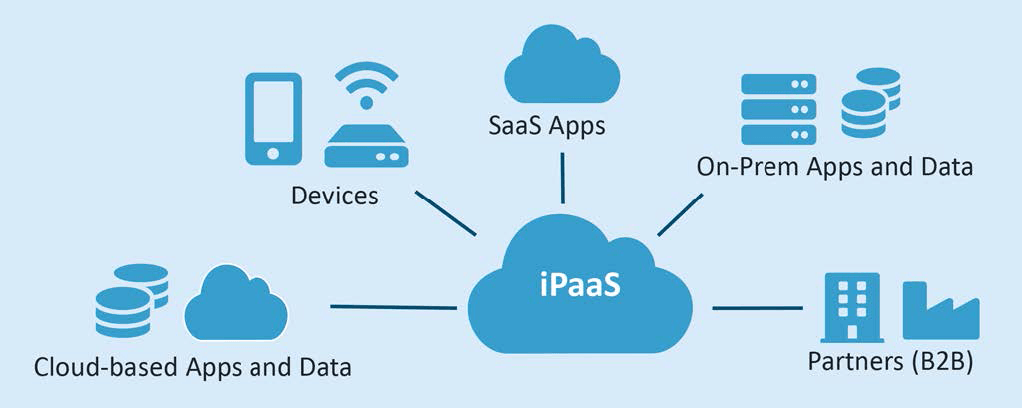rithmXO Integration
Software data integration connects and normalizes the data model and resulting information from these disparate software packages.

Why are Integrations So Important?
Today, most enterprises utilize over 125 business applications to get the job done! As a result, creating operational alignment for teams around data and processes has become exponentially more challenging and even more valuable. For example, machine learning can only be as effective as the overall system’s interoperability can support.
While several companies are building visibility tools to pull some application data together, rarely can they integrate the correct information from each source. Even more challenging is an inability to have the data at the right time while blending into a coherent and decision-ready format that is consumable by the most critical of these applications. The answer to this requirement is better integration of data and processes.
A few great products exist to bridge some of these gaps (Zapier, Informatica, Automate.io, etc.), but there remain many holes in the access and capability of these tools, not to mention the permanent increasing costs to use them.
If your requirements are: increasingly complex (involve parsing, multiple non-linear steps, the integration of non-native APIs), significant in overall volume/data or include additional features (time delays for API limits) then you will struggle with what is available in the marketplace.
And that presents the question, why are Data and Process Integrations so challenging to design, create,
build, and maintain?

Why Consider rithmXO for your Integrations?
At rithmXO, we get integrations because we have been designing, building, modifying, and maintaining thousands of them for decades. We understand the challenges, and we know how most do them today with our IPaaS Orchestration Platform.

We knew there was a better way, so we built an infrastructure that enables us to create unique integrations that fit each customer’s distinctive set of requirements. We ensure that it is always up, working correctly (endpoints of integrations change all the time), and help you refine and include new data and process sources to expand the power of interoperability for your customers.
The rithmXO Way
A Better Way
- Open APIs: Commonly called a Public API with no restrictions because they are publicly available.
- Partner APIs: Developers need a license to access this type of API because they are not available to the public.
- Internal APIs: Also known as Private APIs, only internal systems expose this type of API. Usage targets internal product developer use. The company uses this type of API among the different internal teams to improve its products and services.
- Composite APIs: This type of API combines different data and service APIs. It is a sequence of tasks that run synchronously because of the execution, not at a task’s request. Its main uses are to speed up the execution process and improve the listeners’ performance in the web interfaces.
- SOAP (Simple Object Access Protocol): This protocol uses XML to transfer data. It defines the structure of the messages and methods of communication. As in a machine-readable document, it also uses WSDL to publish its interface definition.
- XML-RPC: This protocol uses a defined XML format to transfer data compared to SOAP, which uses its XML format. It is also older than SOAP. XML-RPC optimization if for low bandwidth and is simpler than SOAP.
- JSON-RPC: This protocol is like XML-RPC, but instead of using XML format to transfer data, it uses JSON.
- REST (Representational State Transfer): REST is not a protocol like the other web services. Instead, it is a set of architectural principles. The REST service needs to have specific characteristics, including simple interfaces within the request and manipulation of resources using the interface.